Scripture
One Book at a Time
Have you always wanted to spend more time with Sacred Scripture but it just seems so daunting, filled with names of strange places and lots of people whose relationships are hard to keep track of? Need an overview? The “Big Picture”? This is the place for you!
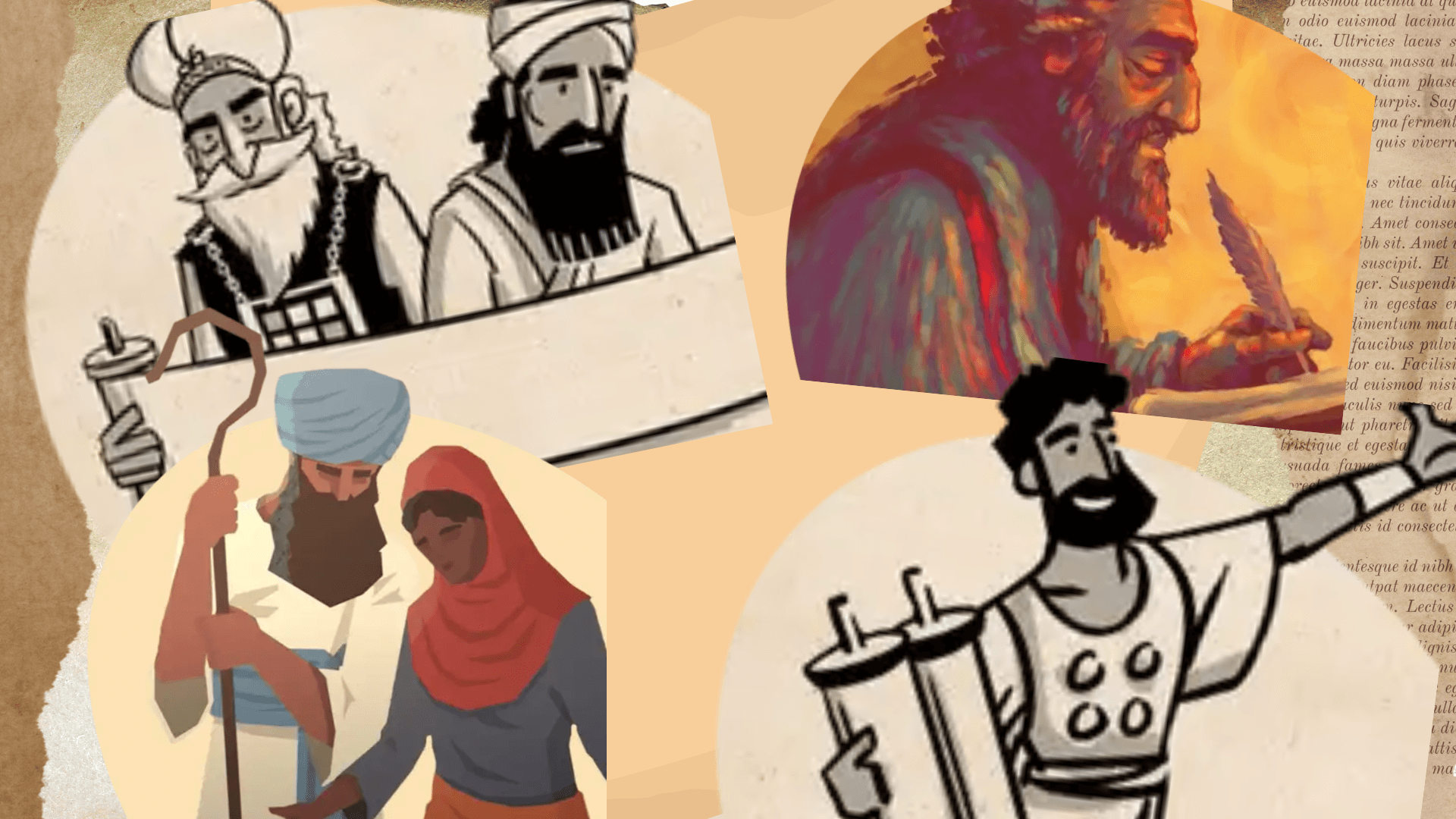
The Old Testament
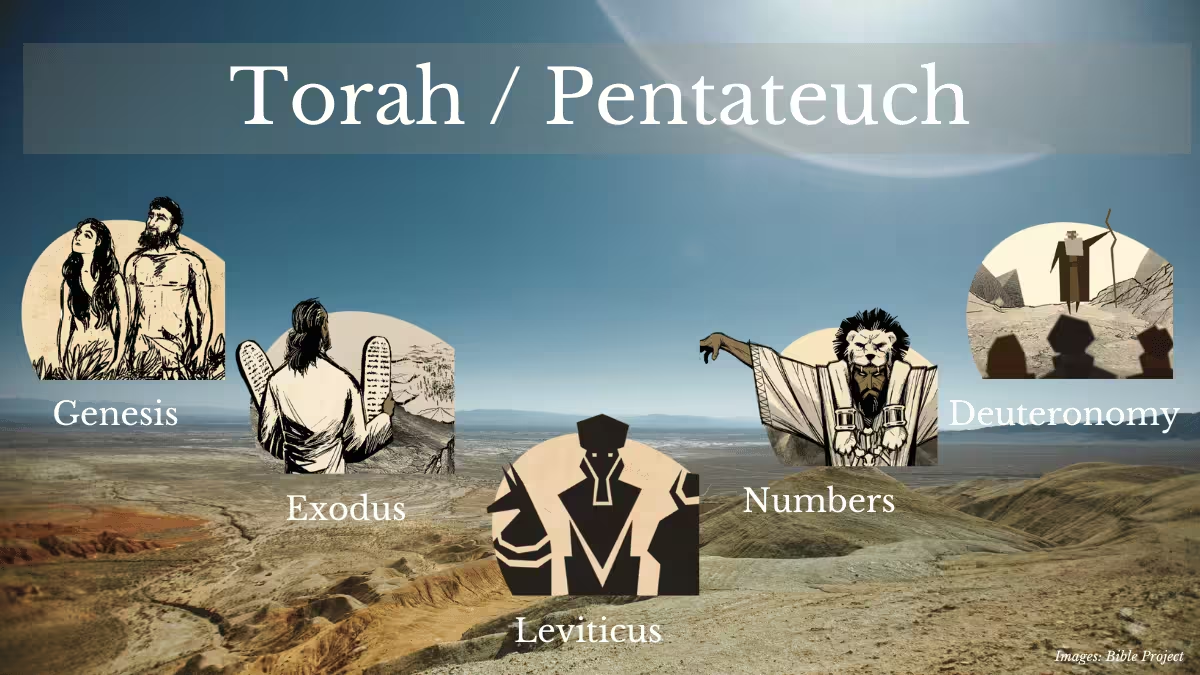
Pentateuch
Genesis, Exodus, Leviticus, Numbers, and Deuteronomy

Historical Books
Joshua, Judges, Ruth, 1&2 Samuel, 1&2 Kings, 1&2 Chronicles, Ezra, Nehemiah, Tobit, Judit, Esther, and
1&2 Maccabees
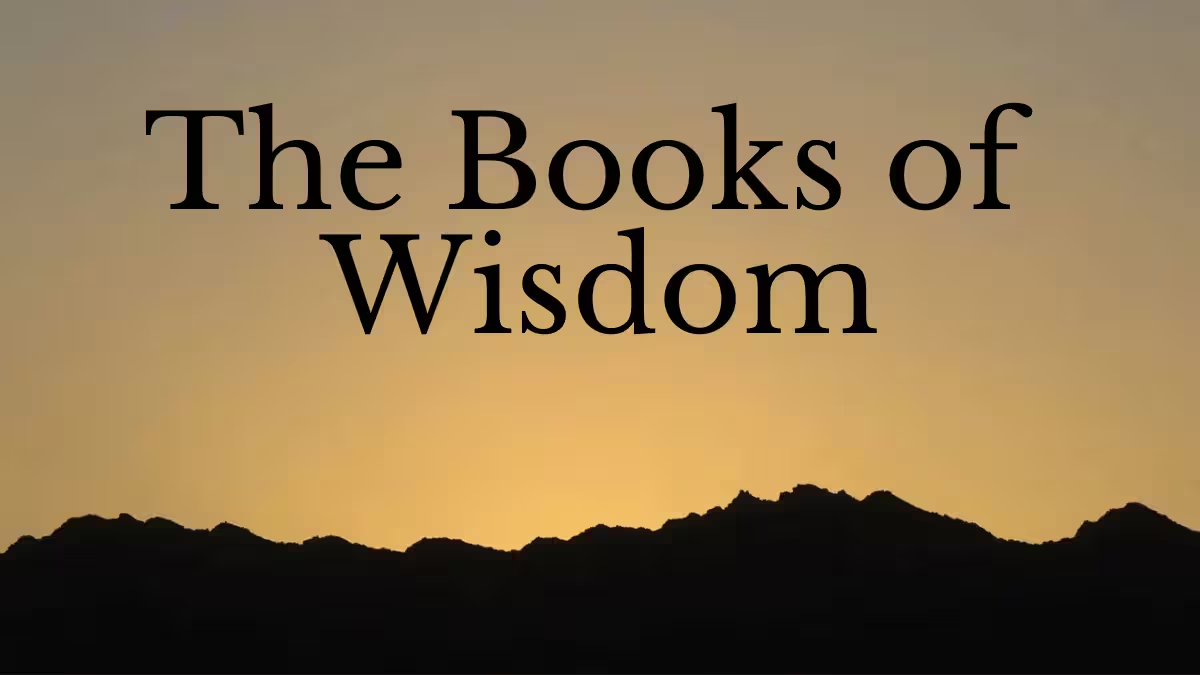
Wisdom Books
Job, Psalms, Proverbs, Ecclesiastes, Song of Solomon, Wisdom, and Sirach
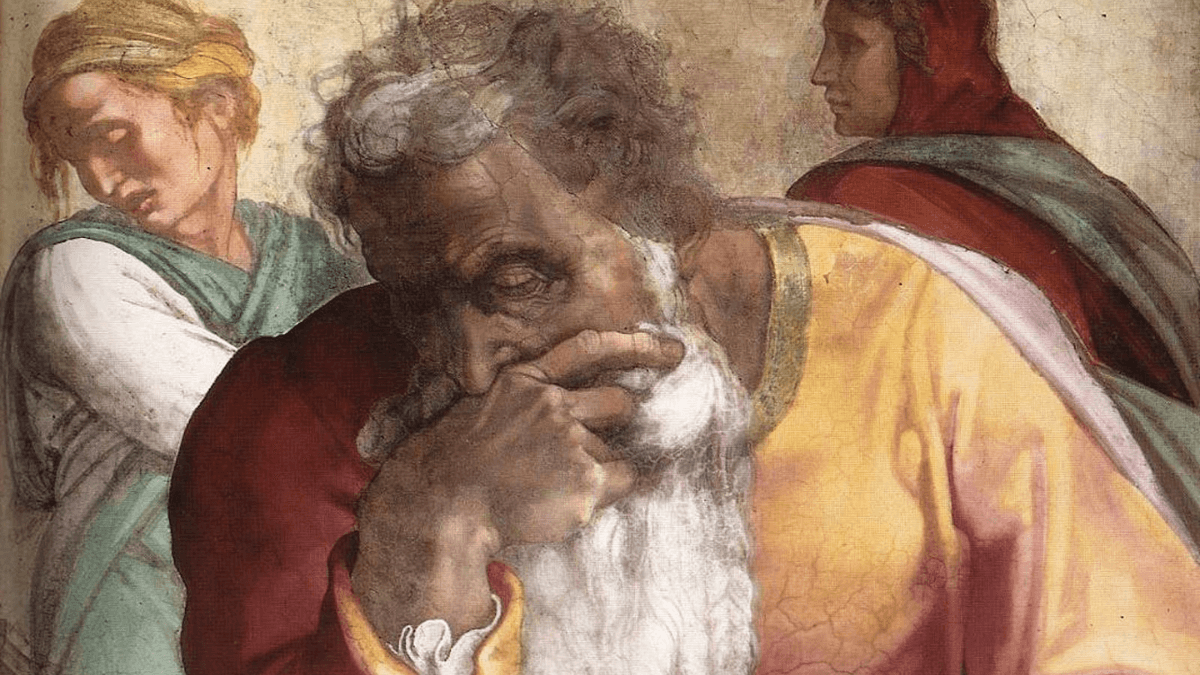
The Major Prophets
Isaiah, Jeremiah and Ezekiel
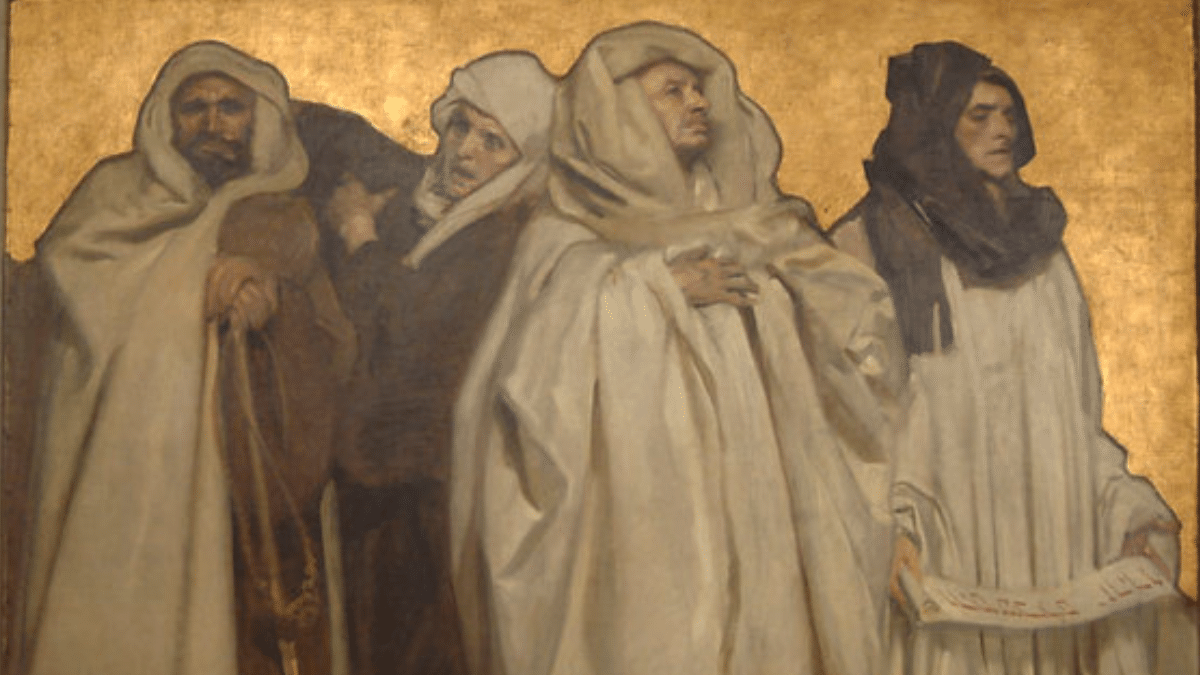
The Minor Prophets
Baruch, Ezekiel, Daniel, Hosea, Joel, Amos, Obadiah, Jonah, Micah, Nahum, Habakkuk, Zephaniah, Haggai, Zechariah, and Malachi
Review of the Old Testament
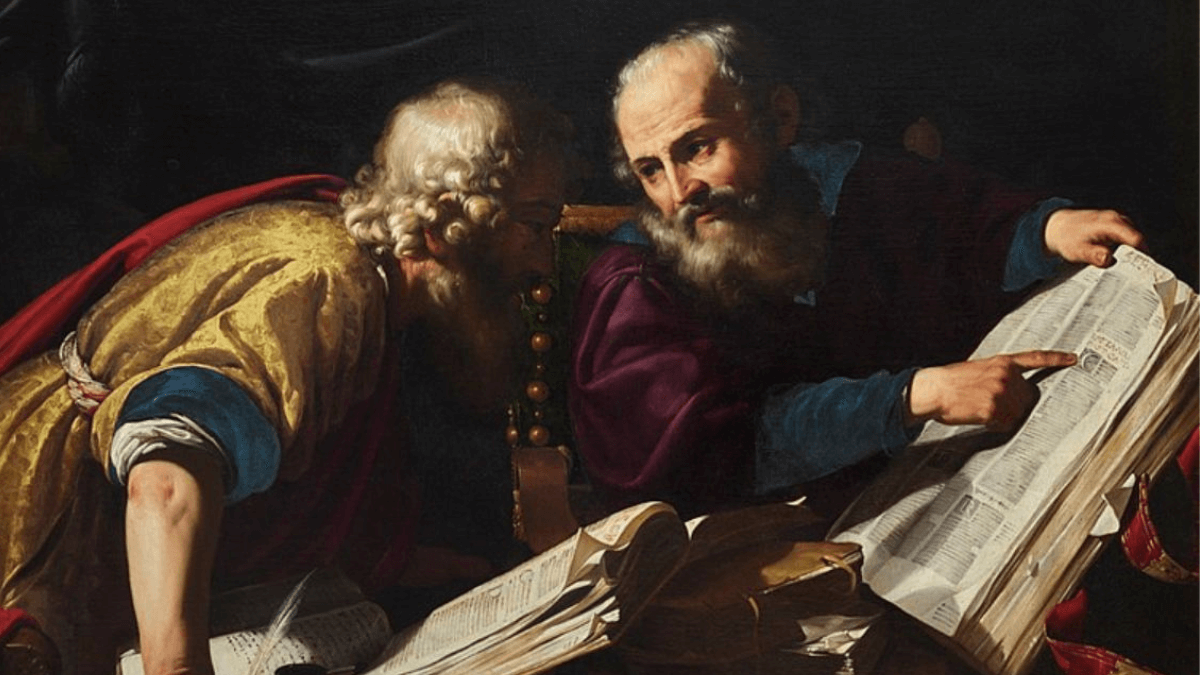
How to Read the Bibe
The plan consists of 19 lessons designed to introduce you to topics tha will help you to understand the context of the Biblical authors.
The New Testament
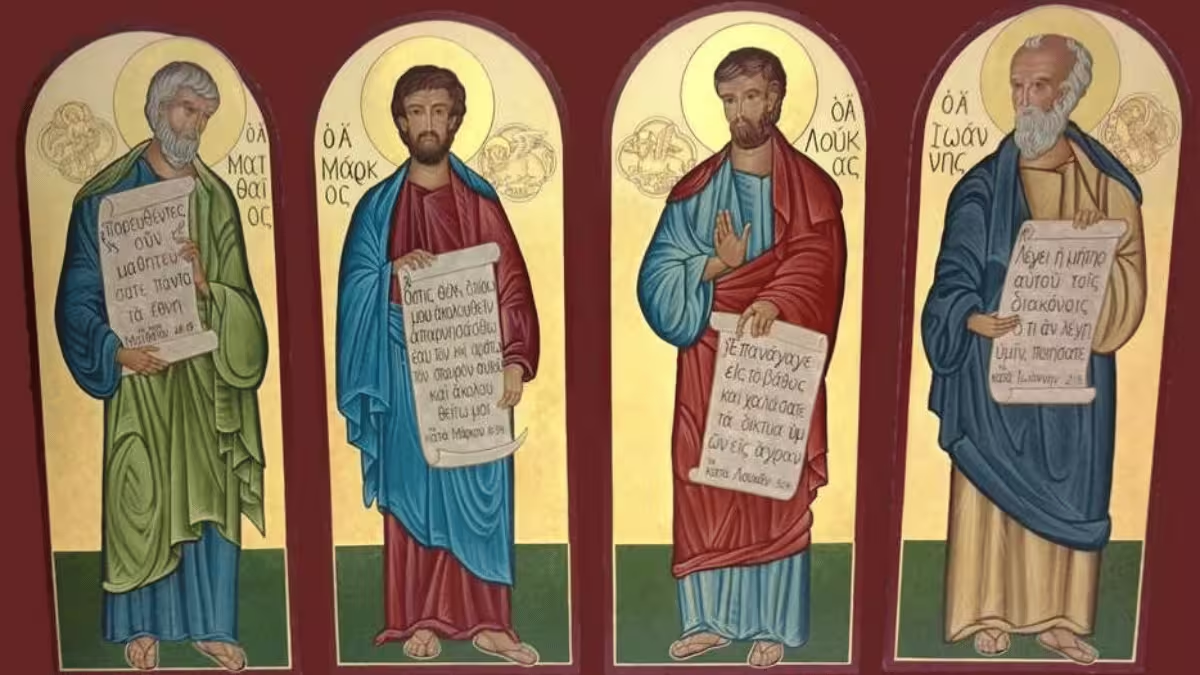
Gospels and Acts
The Gospels of Mark, Matthew, Luke and John – as well as the Acts of the Apostles
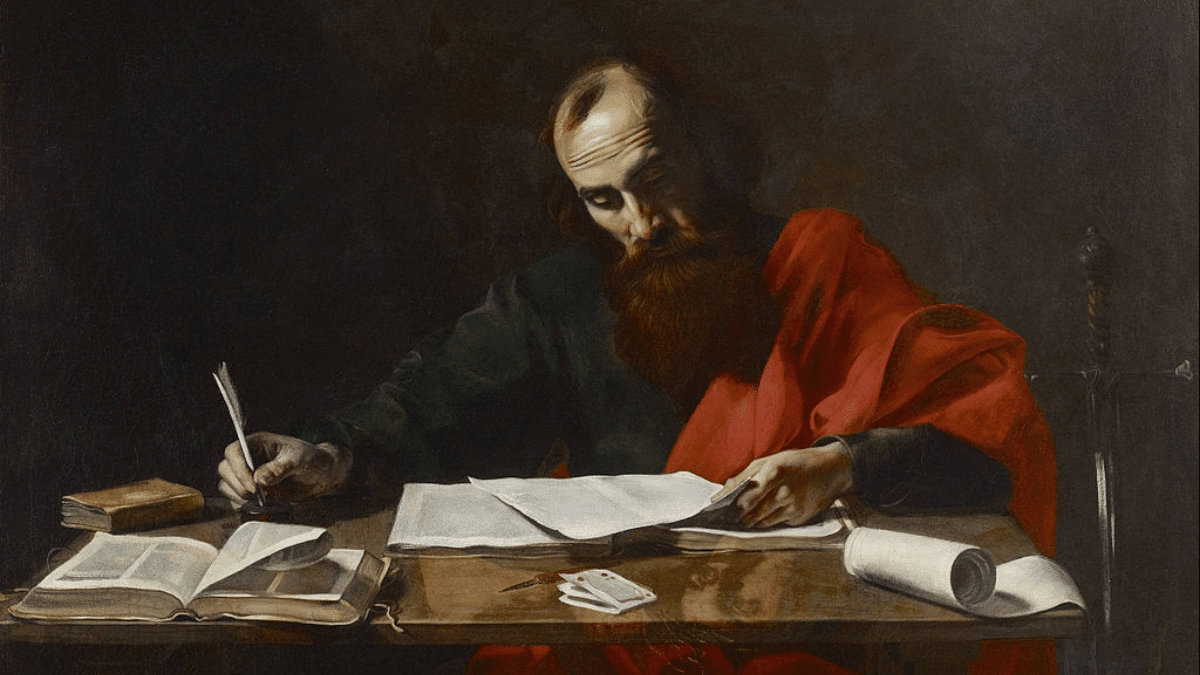
New Testament Letters
Romans, Corinthians, Galatians, Ephesians, Philippians, Colossians, Thessalonians, Timothy, Titus, Philemon and Hebrews
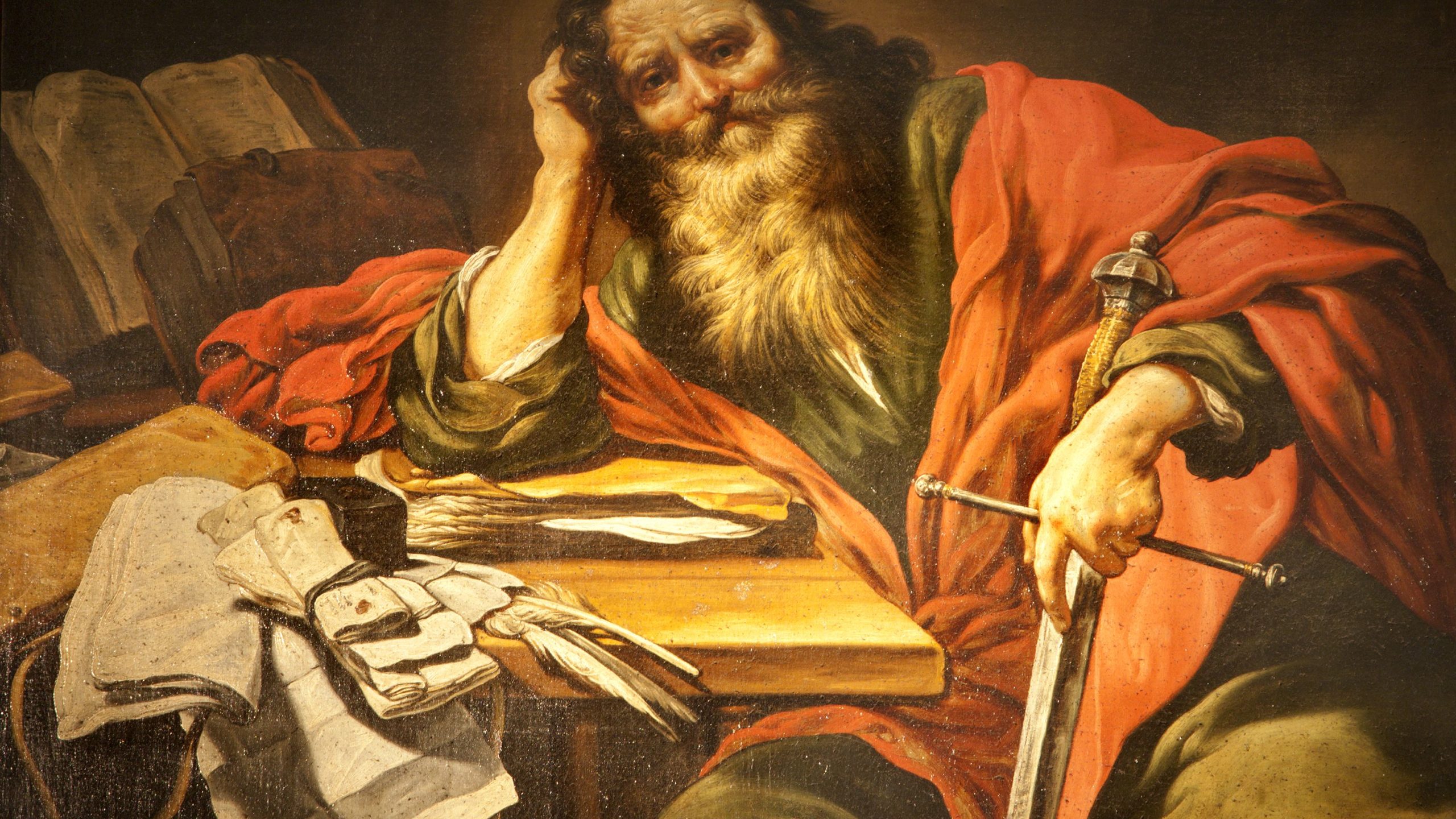
Catholic Letters
James, Peter, John, and Jude with Hebrews and Revelation. In this sense, “Catholic” means “universal.”

Pentateuch
Genesis, Exodus, Leviticus, Numbers, and Deuteronomy

Historical Books
Joshua, Judges, Ruth, 1&2 Samuel, 1&2 Kings, 1&2 Chronicles, Ezra, Nehemiah, Tobit, Judit, Esther, and
1&2 Maccabees

Wisdom Books
Job, Psalms, Proverbs, Ecclesiastes, Song of Solomon, Wisdom, and Sirach

The Major Prophets
Isaiah, Jeremiah and Ezekiel – with Lamentations

The Minor Prophets
Baruch, Ezekiel, Daniel, Hosea, Joel, Amos, Obadiah, Jonah, Micah, Nahum, Habakkuk, Zephaniah, Haggai, Zechariah, and Malachi

Gospels and Acts
The Gospels of Mark, Matthew, Luke and John – as well as the Acts of the Apostles

New Testament Letters
Romans, Corinthians, Galatians, Ephesians, Philippians, Colossians, Thessalonians, Timothy, Titus, and Philemon

Catholic Letters
James, Peter, John, and Jude with Hebrews and Revelation. In this sense, “Catholic” means “universal.”